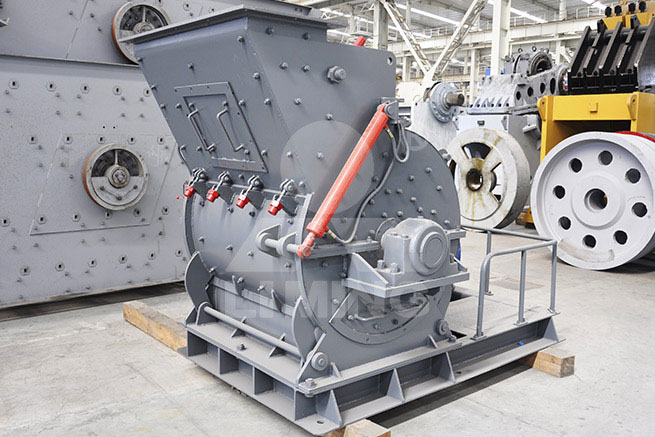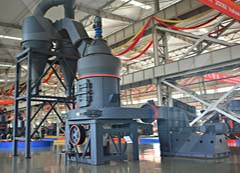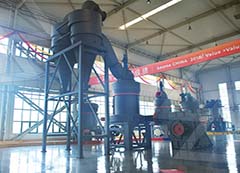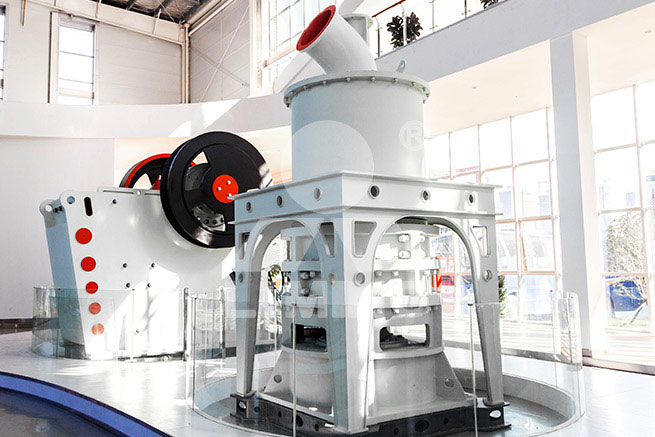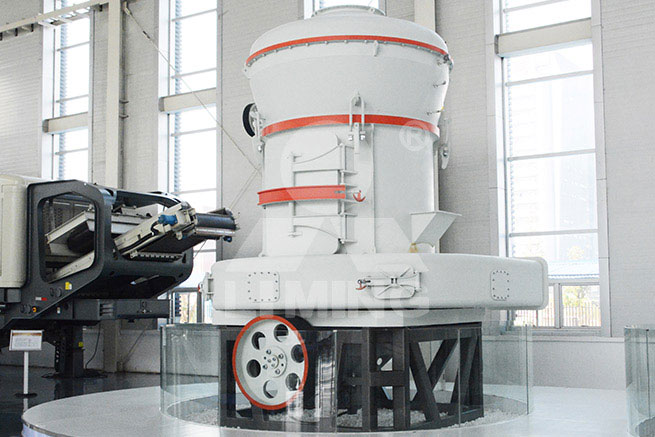process of formation of limestone rocks
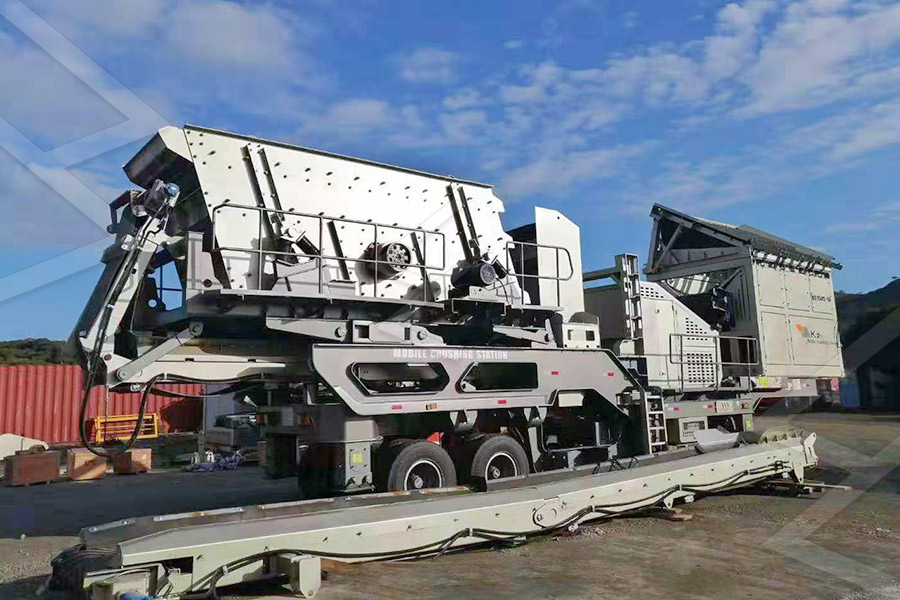
How Limestone is Formed
Limestone Formation. Limestone is any rock that is made mostly from calcium carbonate, but there are several types. It forms with carbonate rocks were
Read More
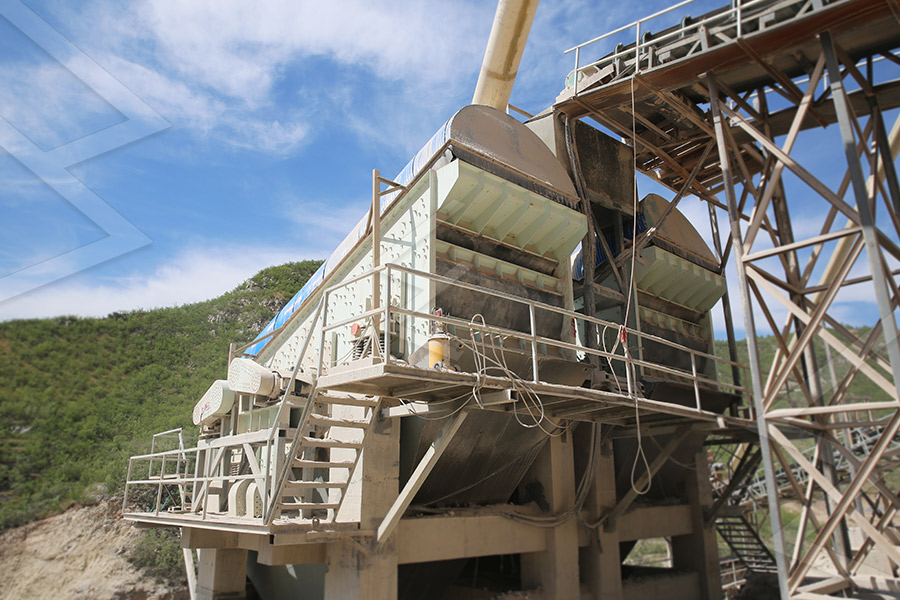
What is the process of forming limestone ...
When limestone is subjected to heat, pressure, and chemical activity, the calcite in the rock begins to transform. This is the beginning of the process known as metamorphism. Starting at a microscopic scale, the calcium carbonate in the rock begins to crystallize or recrystallize into fine-grained calcite crystals.
Read More
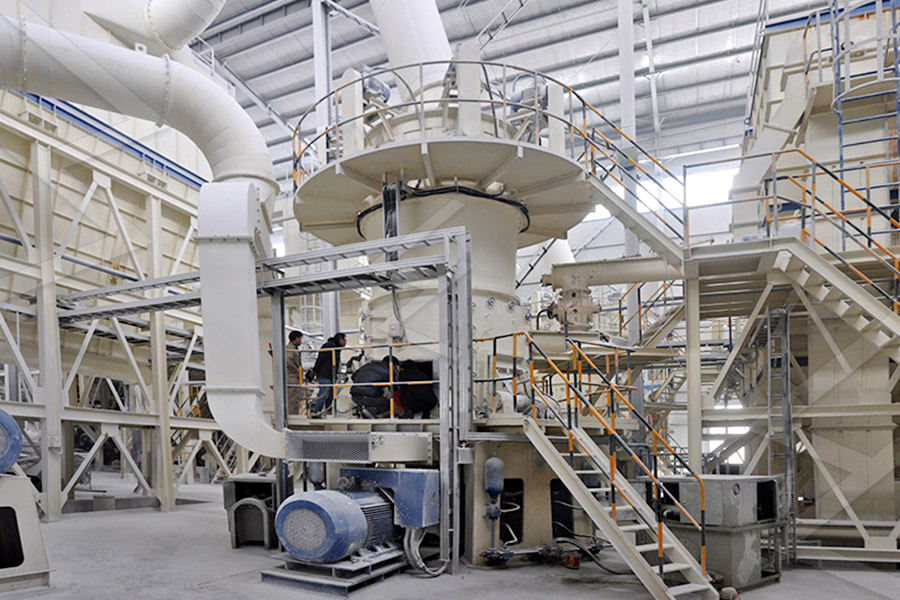
The Basics of Limestone Formation | Actforlibraries.org
Limestone may take various forms and textures, depending on the process of its formation. Limestone is a sedimentary rock that has been deposited in layers over the Earth´s crust over millions of years. Most limestone is composed of crystal forms of
Read More
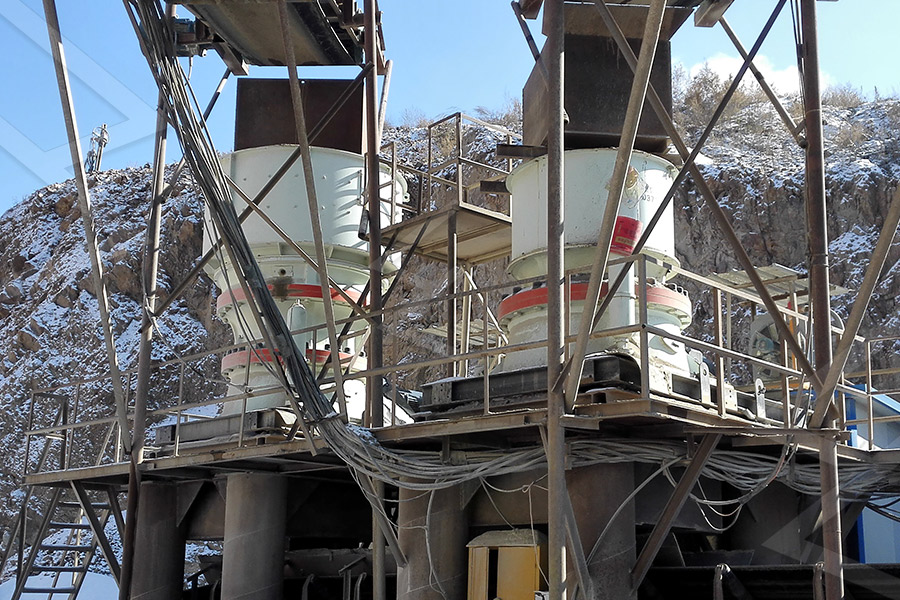
The formation of limestone rocks - Essay Blender
The limestone rock formed in the dissolution of karst landscape is the dominant rock in the Xingwen Karst Geological Park discussed in the previous site location. Limestone is a sedimentary rock majorly constituted by calcium carbonate. Limestone rocks in the karst landscape have incrementally created over a million years through rock formation processes
Read More

The formation of limestone rocks - Assignment Dealer
2020-9-4 · The limestone rock formed in the dissolution of karst landscape is the dominant rock in the Xingwen Karst Geological Park discussed in the previous site location. Limestone is a sedimentary rock majorly constituted by calcium carbonate. Limestone rocks in the karst landscape have incrementally created over a million years through rock formation processes
Read More

Limestone Rock Uses, Location & Types | How is Limestone ...
2021-7-26 · Limestone is a sedimentary rock, meaning that it must undergo diagenesis - the process in which sediments become rock. There are a couple of different methods for this to happen, including ...
Read More
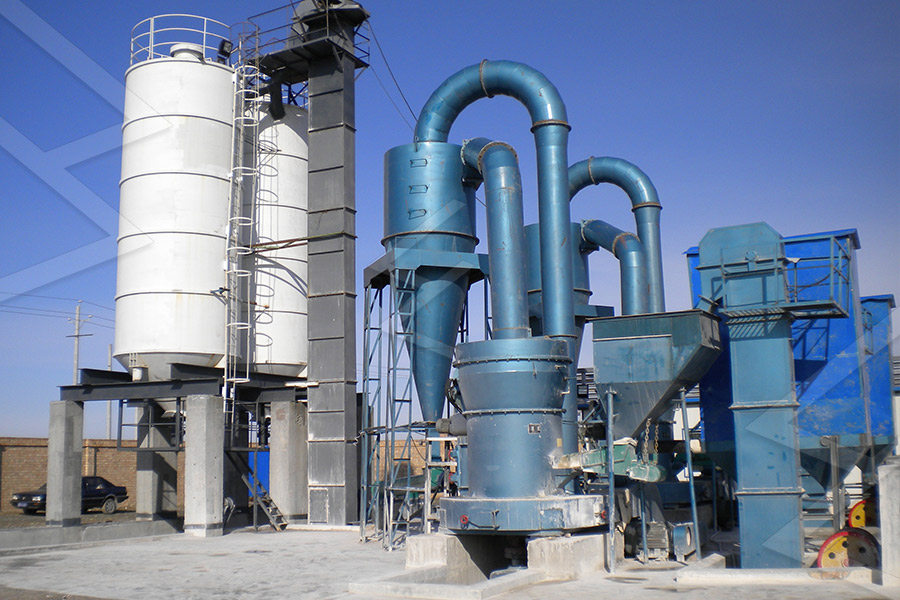
The Formation of Limestone - geography fieldwork
2016-12-31 · The Formation of Limestone dates years and years back, even before dinosaurs roamed the lands, when the world as we know it today was jumbled up, most of it, including England, underwater. Tiny sea creatures living in the warm tropical seas fell to the bottom of the sea bed when they died.
Read More
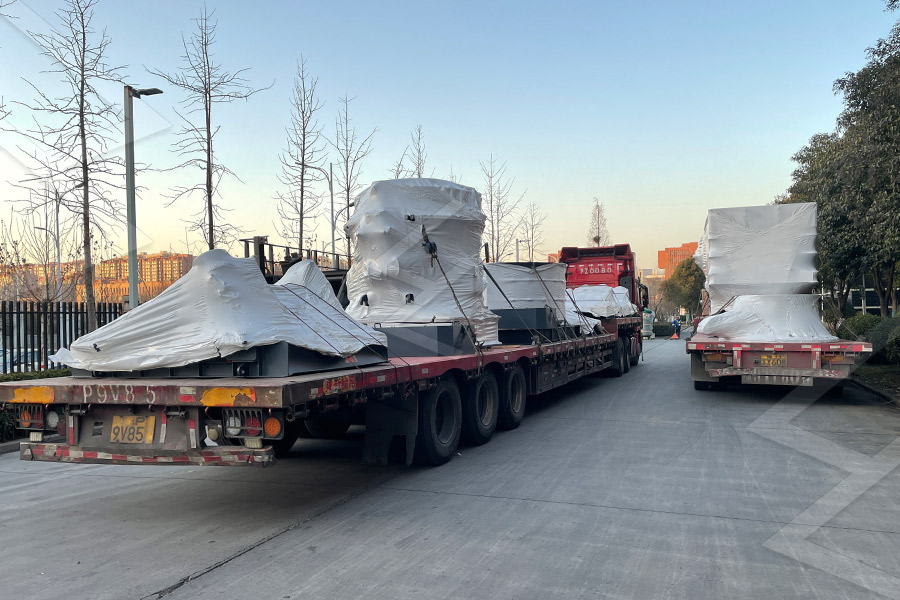
Sedimentary Rocks and the Rock Cycle
2020-8-26 · Organic rocks that are classified as clastic, involve the deposition of plant material and formation of peat and coal deposits. The physical, chemical, or biological changes that occur during the lithification of sedimentary rocks are described by process collectively referred to as diagenesis. Sedimentary Rocks 6 Table of Contents
Read More
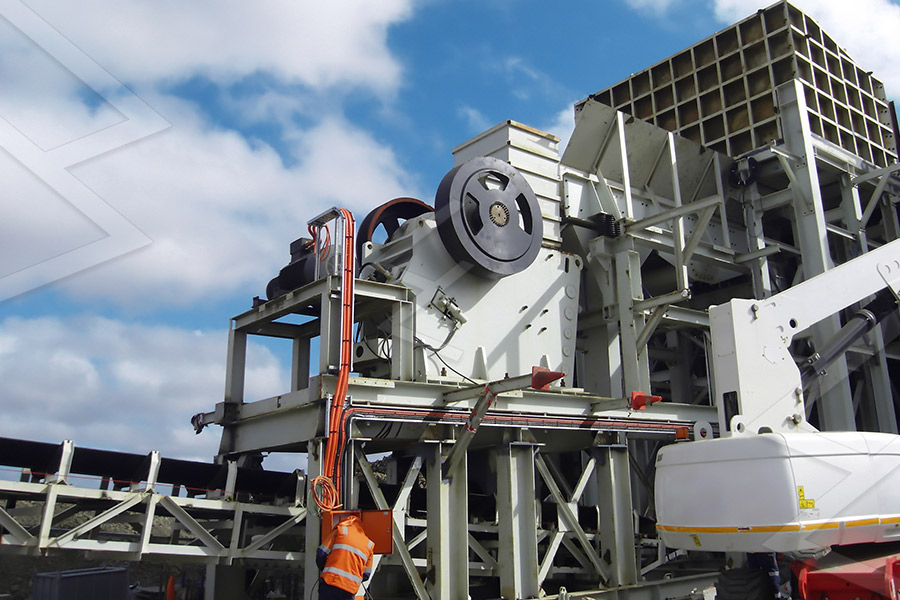
Carbonate Rock Formation
2011-12-5 · Carbonate Rock Formation Sedimentary rocks OFTEN but not always have fossils in them. If there are fossils the identification of the rock and the age of the rock is easier to determine. The only natural process that we know of to produce limestone and shale occur in water (ocean) environments. Sandstone can be produced in a desert and wind
Read More
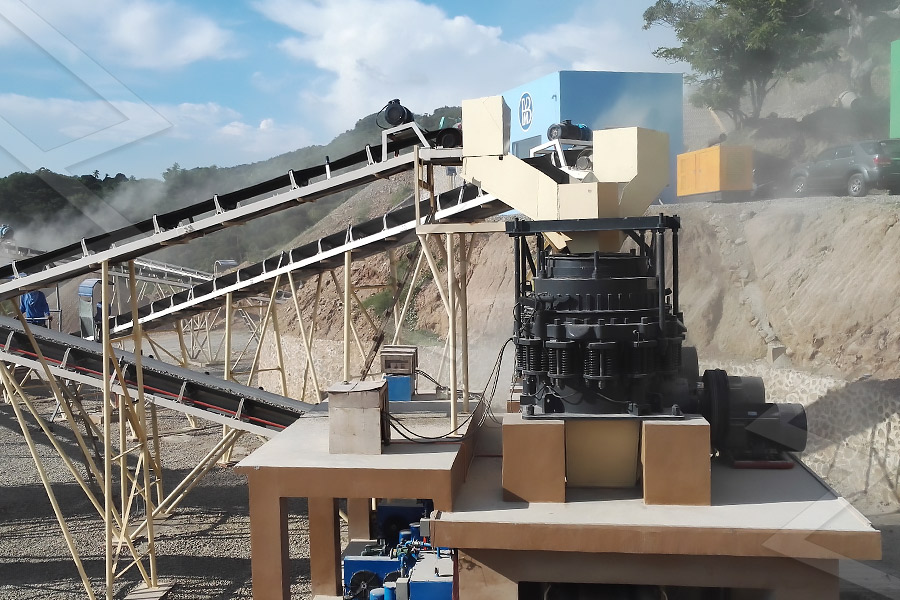
The formation of limestone rocks - Deadline Essay
The limestone rock formed in the dissolution of karst landscape is the dominant rock in the Xingwen Karst Geological Park discussed in the previous site location. Limestone is a sedimentary rock majorly constituted by calcium carbonate. Limestone rocks in the karst landscape have incrementally created over a million years through rock formation processes
Read More
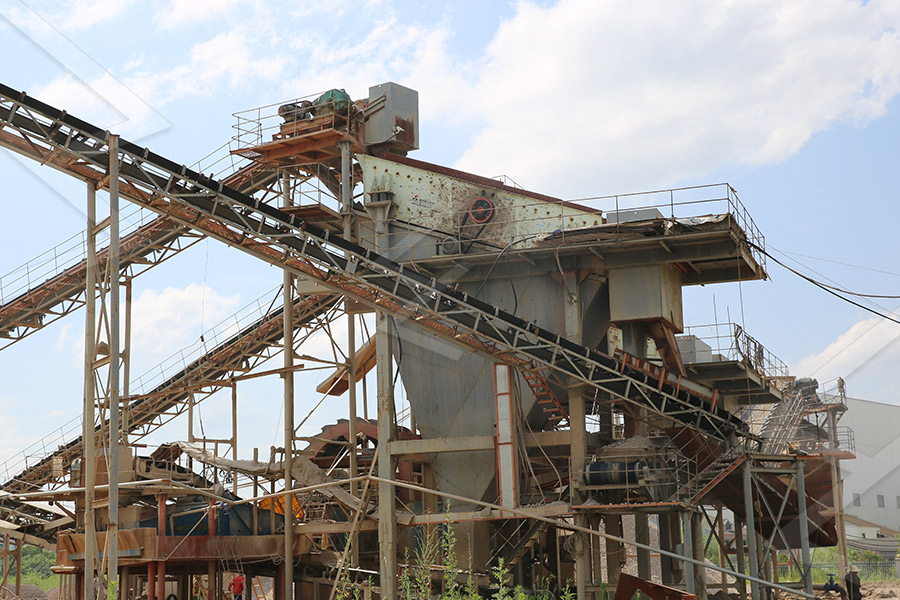
The formation of limestone rocks - Bomb Essays
The limestone rock formed in the dissolution of karst landscape is the dominant rock in the Xingwen Karst Geological Park discussed in the previous site location. Limestone is a sedimentary rock majorly constituted by calcium carbonate. Limestone rocks in the karst landscape have incrementally created over a million years through rock formation processes
Read More

Limestone Rock Uses, Location & Types | How is Limestone ...
2021-7-26 · Limestone is a sedimentary rock, meaning that it must undergo diagenesis - the process in which sediments become rock. There are a couple of different methods for this to happen, including ...
Read More

What is the process of limestone formation? - Answers
2010-4-7 · The majority of limestone is thought to be formed by biogenic means. Microscopic organisms remove CO2 and Ca from seawater, convert the CO2 to the carbonate radical (CO3 2-) and form exoskeletons ...
Read More
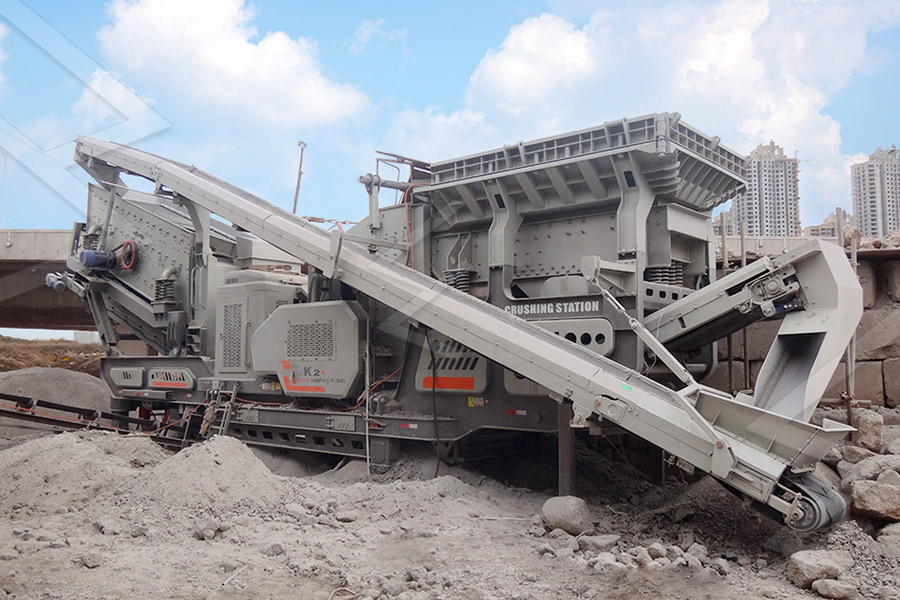
Limestone | Types, Properties, Composition, Formation, Uses
Limestone rocks beside Buttertubs; Limestone Rocks on the Beach; Limestone is a sedimentary rock such as greater than 50% calcium carbonate ( calcite – CaCO3).There are many exceptional kinds of limestone formed thru a ramification of tactics.
Read More

The Formation of Limestone - geography fieldwork
2016-12-31 · The Formation of Limestone dates years and years back, even before dinosaurs roamed the lands, when the world as we know it today was jumbled up, most of it, including England, underwater. Tiny sea creatures living in the warm tropical seas fell to the bottom of the sea bed when they died.
Read More
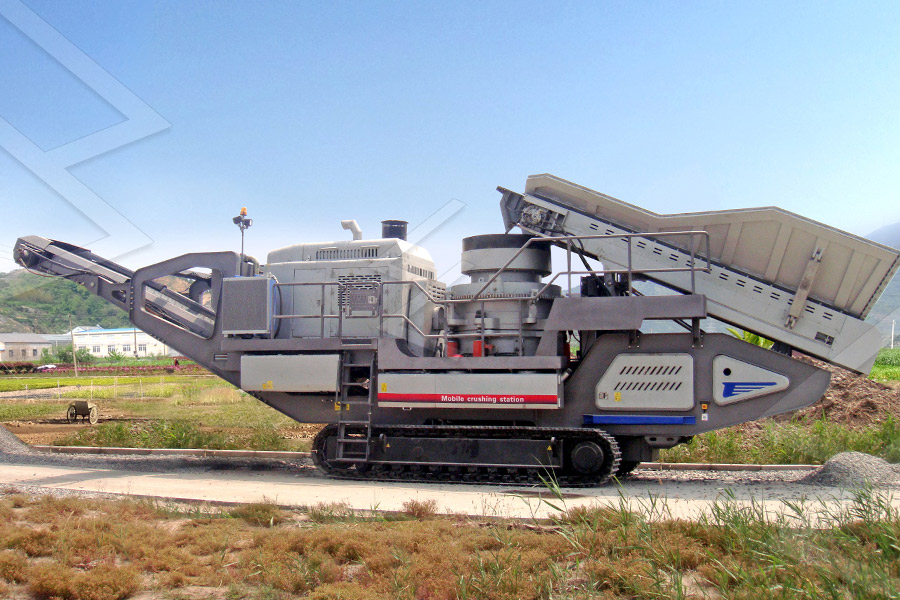
limestone | Characteristics, Formation, Texture, Uses ...
Limestone is a sedimentary rock made of calcium carbonate (CaCO 3 ), usually in the form of calcite or aragonite. It may contain considerable amounts of magnesium carbonate (dolomite) as well. However, minor constituents of clay, iron
Read More
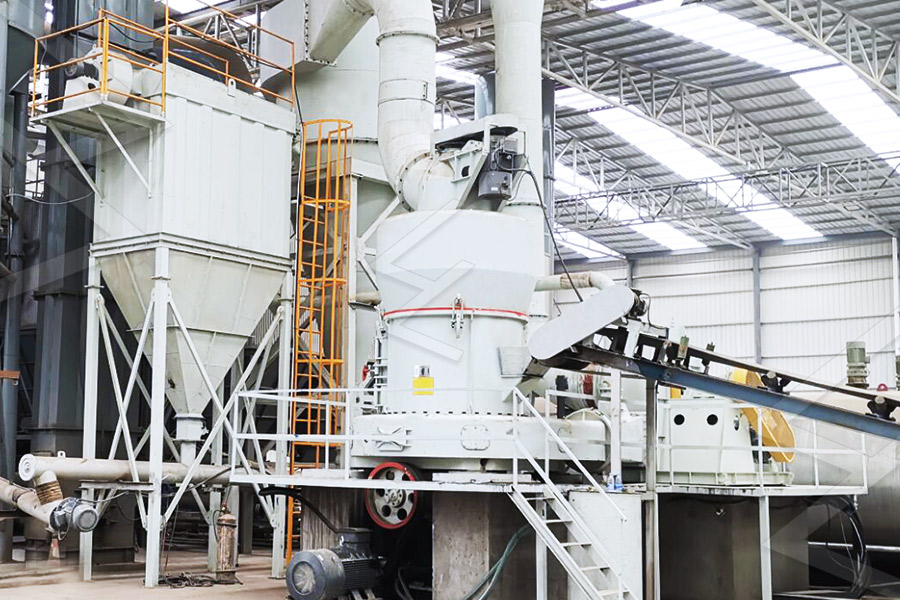
How Are Sedimentary Rocks Formed? - WorldAtlas
2020-8-20 · Inorganic detritus rocks, conversely, are made up of non living things. These rocks, classified as ‘clastic’, form when other rock particles or minerals accumulate and are compacted over the duration of many years. Sandstone is
Read More

Sedimentary Rocks and their processes
2013-6-21 · • Clastic sedimentary rocks are formed from the mechanical break up of other rocks and are classified based on the particle size, e.g. sandstone. Closer to the source the grains will tend to be larger and more angular • Chemical sedimentary rocks are formed from the precipitation of minerals from solution, e.g. limestone formed
Read More

Carbonate Rock Formation
2011-12-5 · Carbonate Rock Formation Sedimentary rocks OFTEN but not always have fossils in them. If there are fossils the identification of the rock and the age of the rock is easier to determine. The only natural process that we know of to produce limestone and shale occur in water (ocean) environments. Sandstone can be produced in a desert and wind
Read More

What is the process of limestone formation? - Answers
2010-4-7 · The majority of limestone is thought to be formed by biogenic means. Microscopic organisms remove CO2 and Ca from seawater, convert the CO2 to the carbonate radical (CO3 2-) and form exoskeletons ...
Read More

Aymestry Limestone Formation - Earth Heritage Trust
2011-3-2 · The rock marks a period when sea-level fell, allowing for the formation of limestones. The top and bottom margins of the formation grade into the overlying and underlying Ludlow Sales. Despite its bold feature on the landscape, good exposures, like those seen in the Much Wenlock Limestone , are normally only seen in quarries, which were dug for ...
Read More

Sedimentary Rocks and their processes
2013-6-21 · • Clastic sedimentary rocks are formed from the mechanical break up of other rocks and are classified based on the particle size, e.g. sandstone. Closer to the source the grains will tend to be larger and more angular • Chemical sedimentary rocks are formed from the precipitation of minerals from solution, e.g. limestone formed
Read More
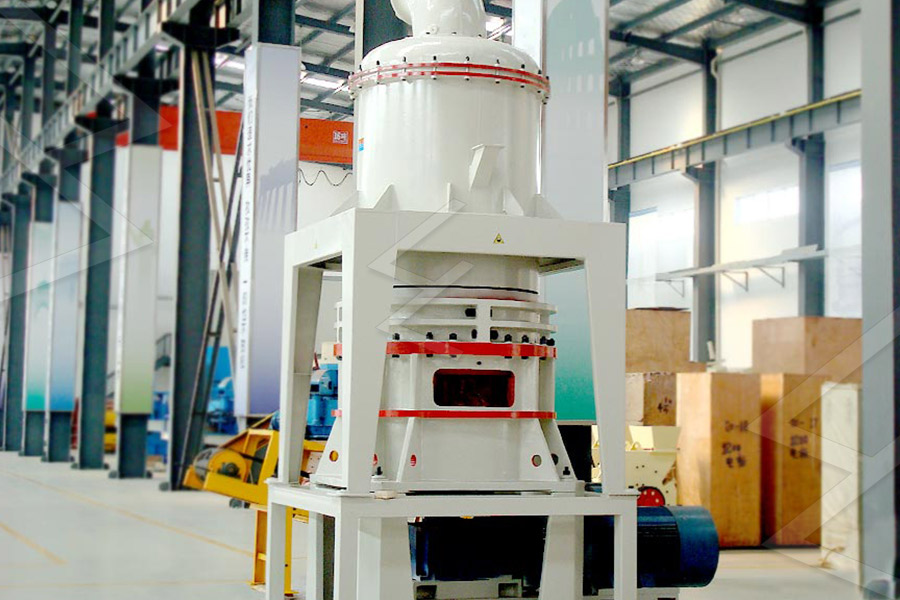
6.2 Chemical Sedimentary Rocks – Physical
The most common chemical sedimentary rock, by far, is limestone. Others include chert, banded iron formation, and a variety of rocks that form when bodies of water evaporate. Biological processes are important in the formation of
Read More
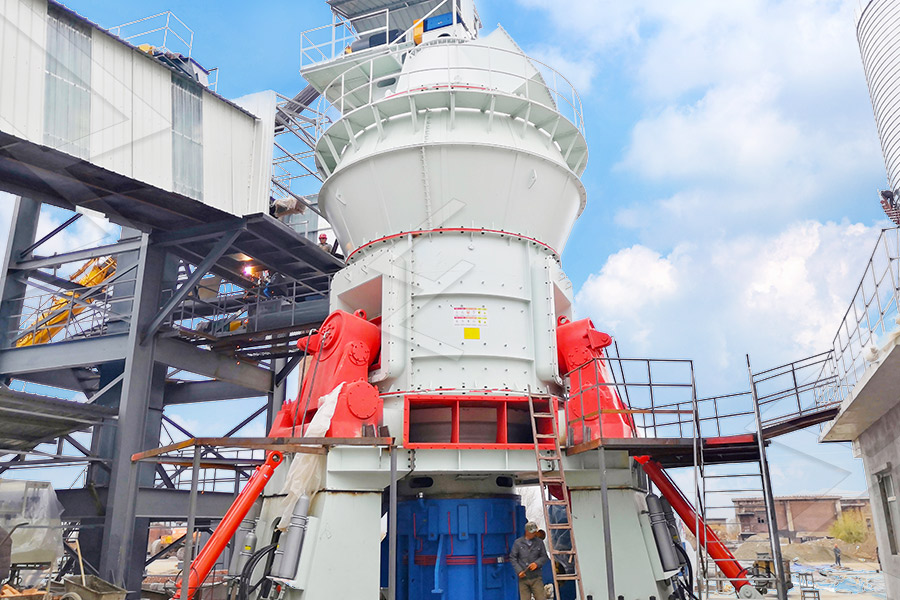
Carbonate diagenetic products and processes from various ...
2016-3-26 · The Formation mainly includes bioclastic, organic, argillaceous limestones with gray to dark gray and dark packstone intercalated with shale, siliceous rock or sandstone (Feng et al. 1997), contaning some nodular and banded cherts intercalated with the limestone layers. The Formation includes numerous fossils, such as fusulinids and corals ...
Read More

What is Chemical Weathering? - WorldAtlas
2017-8-23 · Carbonation of rocks containing calcium carbonate (limestone) is a common process of chemical weathering which leads to the formation of calcium bicarbonate that is highly soluble in water. Such reactions lead to the
Read More
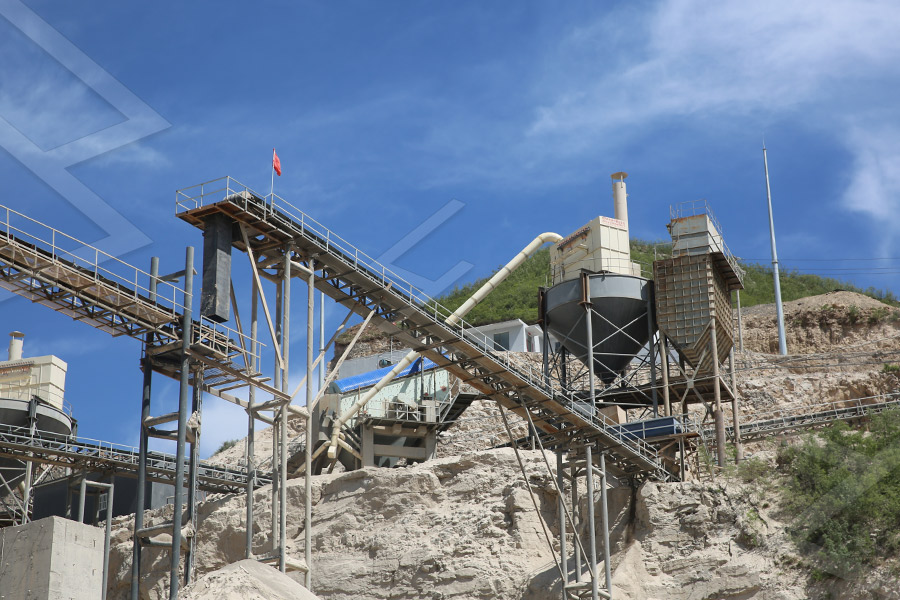
Rock types - Geological Survey Ireland
Limestone makes up a large portion of the bedrock of Ireland and is composed of Calcium Carbonate from the remains of marine animals and sea water. A limestone from Ireland containing fossils is shown to the right. Formation of metamorphic rocks. Metamorphic rock has been changed by heat and pressure.
Read More

Thermal Stimulation of Sedimentary Rocks: Experimental ...
2022-1-23 · The current stimulation practice of hydraulic fracturing relies on injection of water-based fluids; however, water can cause significant formation damage, therefore, alternative fracturing methods are an option. The concept of thermal stimulation rests on the idea that a very cold liquid can induce fracture when brought into contact with warmer rock under reservoir
Read More

Sedimentary Rock Formation Explained -
Their formation occurs when water dissolves many minerals and deposits them on evaporation. Examples of this type are gypsum, barite, rock salt, and sylvite. The Formation Process Explained. For millions of years, the process of
Read More
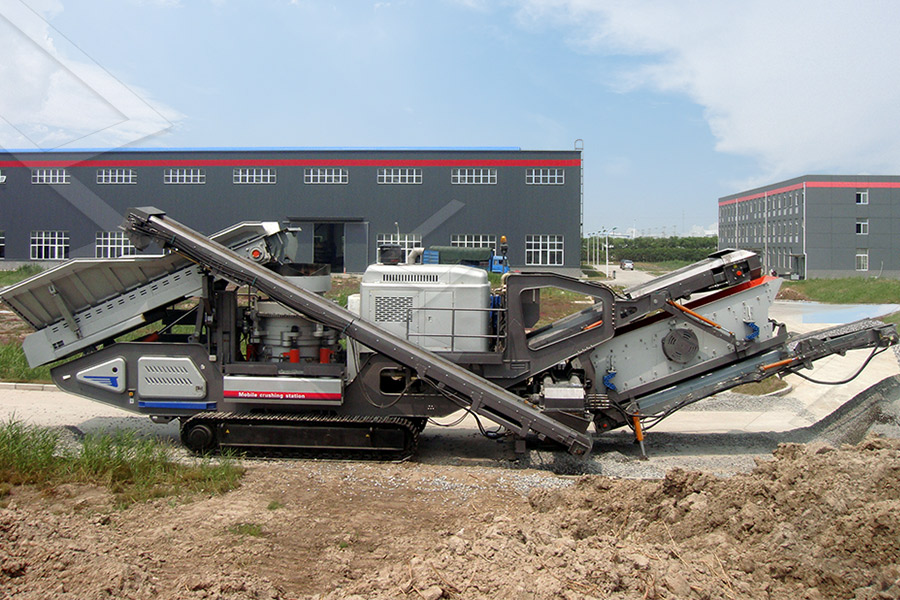
Geologic Formations - Grand Canyon National
2019-3-4 · Geologic Formations. The Grand Canyon of the Colorado River is a world-renowned showplace of geology. Geologic studies in the park began with the work of John Strong Newberry in 1858, and continue today. Grand
Read More
- << Previous:Used Coal Crusher Price In Angola
- >> Next:Separating Silt Clay Sand And Crushed Limestone


